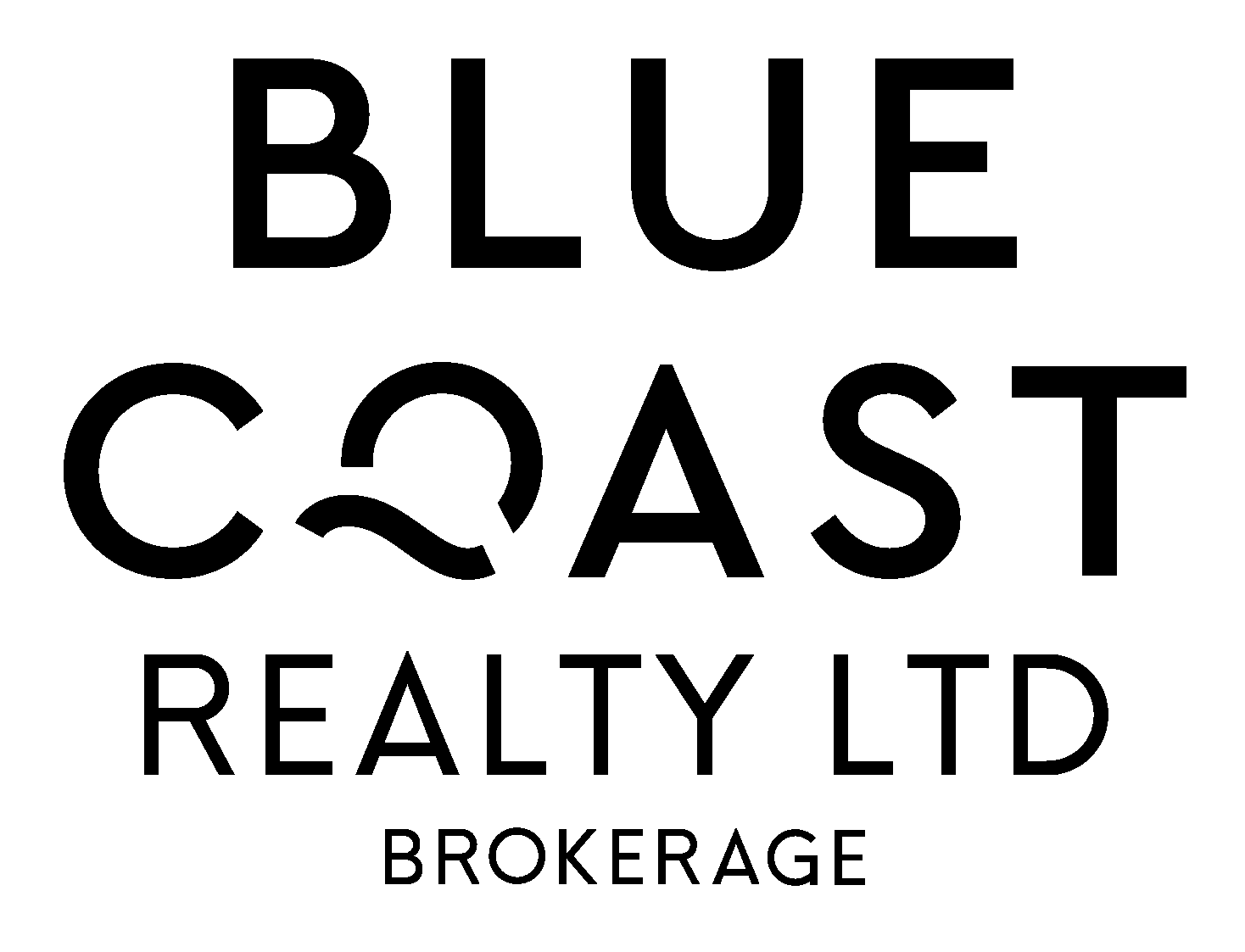
The idea that a home has asbestos can feel a little unsettling, especially for first-time homebuyers. Most people just know to avoid breathing it in. But what is asbestos? And should you be concerned if a property has asbestos in it?
What is asbestos and where can you find it in your home?
Asbestos is a naturally occurring mineral, which had been used in construction materials for decades. In the early 1980s many governments realized how dangerous this naturally occurring mineral could be. That's why the Canadian government began introducing regulations to limit its use around this time.
Why was asbestos used in home construction?
Well, for one, there really wasn't an alternative back then. It was popular due to its resistance to fire, and its durability and tensile strength, which means it could hold up against strong forces without changing shape or breaking down. This made it perfect for things like insulation and floor tiles.
How does asbestos pose a health risk?
There are two main types of asbestos: "chrysotile" (white), and "amosite" (brown). There is evidence to suggest that both can lead to mesothelioma, an aggressive form of cancer. This is because fibres from the mineral become trapped in the chest or abdomen, causing cell damage over time.
Where might asbestos be found in homes?
Asbestos was used in a huge variety of things, particularly in homes built or refurbished between the 1950s and 1980s. This includes: roof shingles and corrugated panels, paint and plaster, textured ceilings, wall and pipe insulation, drywall, vinyl flooring and linoleum, and caulking. And if you have some ancient appliances, you might find asbestos in dishwashers, fridges, heaters, ovens and stoves.
Should you be concerned about asbestos exposure in your home?
It's tough to answer. The damage caused by asbestos has been well-documented for decades; it clearly can result in serious illness, and the lung damage it causes is not reversible.
Generally, though, the asbestos that was used in homes before 1990 has a low enough risk level. However, if it's broken or disturbed (like if you start renovating), dangerous fibres could be released into the air and inhaled or ingested, which increases your risk of developing an illness.
Can asbestos be removed from your home safely?
Yes, but you'll want to do some thorough testing before doing anything major. You can purchase test kits online, which you will need to send samples back for analysis, or you can hire a certified hazardous material removal company to test your home, and remove the materials if any are found.
If you're concerned about asbestos, make sure to call one of the many companies in Sarnia-Lambton that remove asbestos in residential and commercial spaces.



